I have to admit that I essentially cheated a little in my eagerness
to get to Zermatt, essentially skipping the last two to three days of the Haute
Route. Officially from Gruben the Haute
Route rises steeply to another pass, the Augstbordpass and then drops sharply
to Saint Niklaus in the Mattertal Valley. The last two days involve a steep
ascent up the east side of the Mattertal and then a long high elevation walk to
Zermatt along what’s called the Europaweg with a night’s stay at the Europa Hut
near its mid-point. The problem currently, though, is that one stretch of the
Europaweg is closed because of a rock slide. The alternative is to walk up the
valley from Saint Nikaus to Zermatt in one day, said not to be an especially
scenic option.
I decided to say “The hell with it – I’m done!” in Gruben. I’ve had enough of 4,000 foot ascent and
descent days over passes. I met an American couple from Pennsylvania at the
hotel in Gruben who were taking a taxi to Saint Niklaus because the lady had
sprained her ankle.
I joined them and split the exorbitant fare and then took
the train up the valley to Zermatt, arriving in town before noon. And I don’t
regret it one bit! The Haute Route isn’t
like the Camino de Santiago; you don’t have to do every inch of it as a matter
of principle or devotion. In fact, the
folks I split with in Gruben who walked over the pass caught up with me by late
afternoon in Zermatt. Luke and Danny, two British guys around my age I’d been
seeing regularly on the trail and in the huts over the last 10 days hiked to
the Augustbordpass, then took the gondola down to Saint Niklaus and the train
to Zermatt as well. Lukle, Danny, and I got together again later in the evening
for some celebratory beers and carousing. As far as I’m concerned, I completed
to Haute Route!
My brother Doug has skied at Zermatt and always told be that
the scenery is better than almost anywhere else for skiing. I’m not in town
during ski season, but have to agree it’s absolutely amazing at any time of
year. The Matterhorn absolutely dominates the view from town and even from the
window of my room at Zermatt’s youth hostel.
The sides of the valley above town seem
impossibly steep, but somehow people can still hike and ski down them. And Zermatt is like a city of chalets,
everything incredibly quaint and cute, the modern buildings all in traditional
historic styles. Zermatt is also a car-free zone. You have to park your car in
Tasch a few miles down valley and take the train to town. That doesn’t mean
there are no vehicles in Zermatt, though. They’re all tiny little things and
electric-powered. Such vehicles make virtually no noise, so you often find one
right behind you as you’re walking beeping their low-decibel horns for you to
move to the side. And the closet thing I came across to a traffic jam in
Zermatt was a herd of incredibly cute goats being walked through town.
Along with Chamonix, Zermatt is the other capital of Alpine
mountaineering. I skipped the Matterhorn
Museum in the town center, something to do one of those cloudy or rainy days I
didn’t experience in Zermatt but most happen from time to time. I did go to the
Anglican church, though, and graveyard behind it where many of the mountaineers
who’ve lost their lives on the Matterhorn or elsewhere in the area are buried.
What else can I say about Zermatt? It’s just magical,
everything a mountain town should be and what other mountain resorts should
strive to be like, even if it is expensive. When I was a child we often visited
with my mom’s wealthy uncle in northern New Jersey. Already in their 80s, Uncle
Albert and Aunt Laura would reminisce extensively about their travels in Europe
in the 1950s through 1970s. They went to many countries, but I mostly recall
them talking about Switzerland and how wonderful it is. The stories always
focused on Switzerland. I can see why. Nowadays it’s still the perfect place.

 Zermatt, Valais, Switzerland
Zermatt, Valais, Switzerland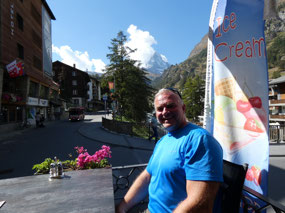
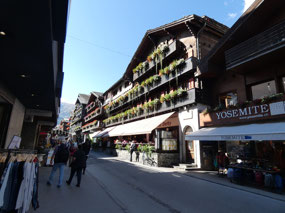
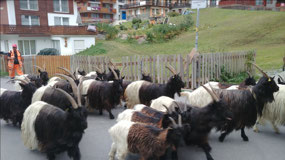


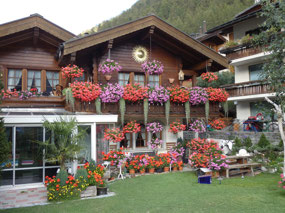

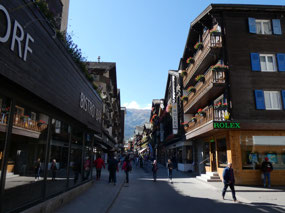
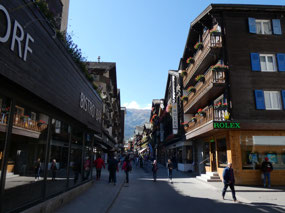
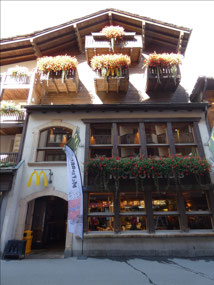
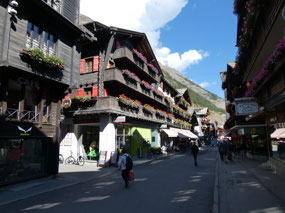
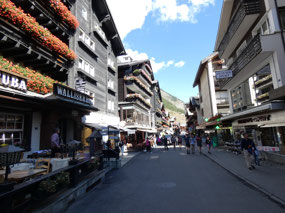
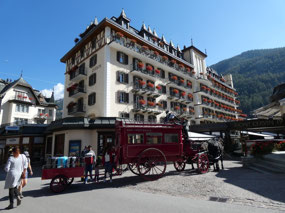
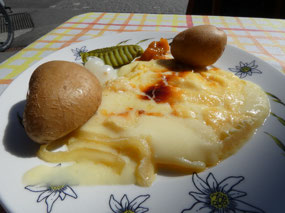
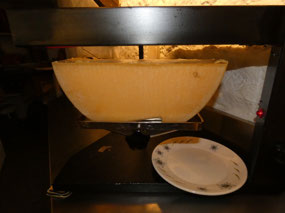

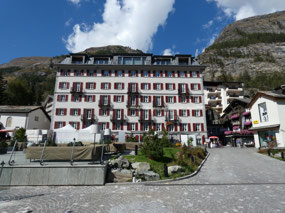
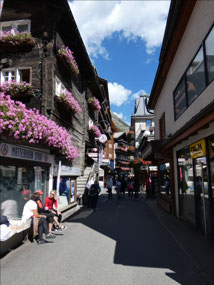
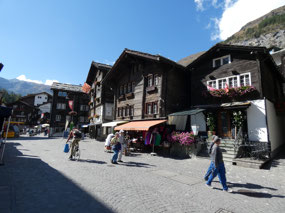
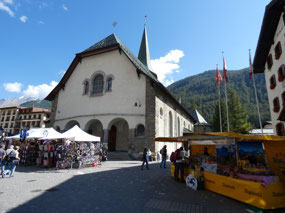
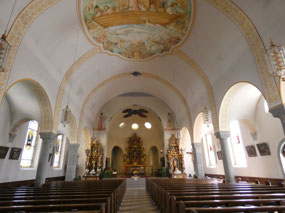
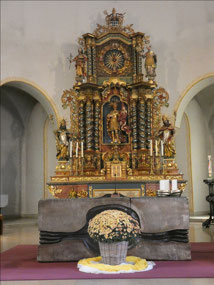
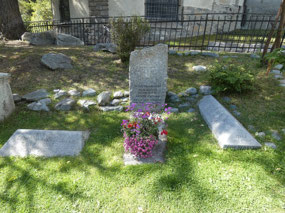
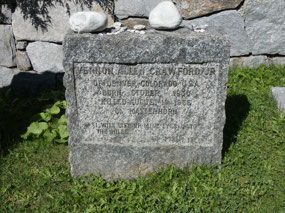
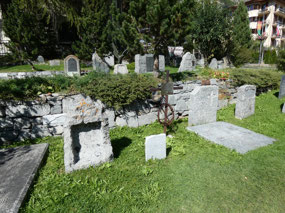
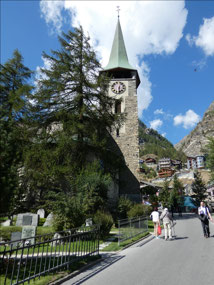
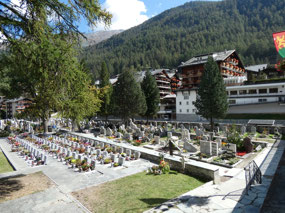
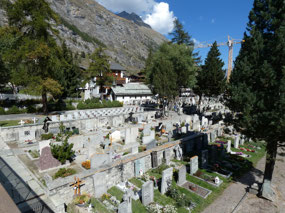
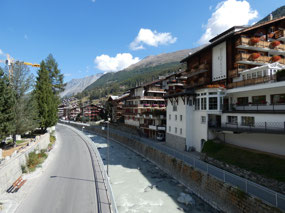
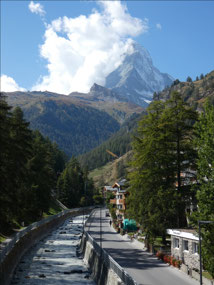
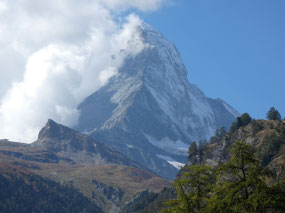
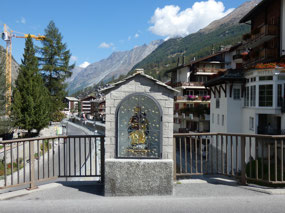
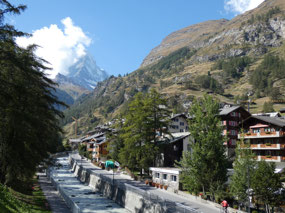
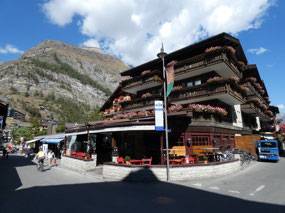
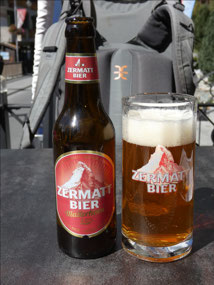
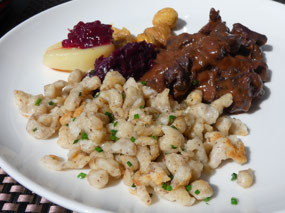
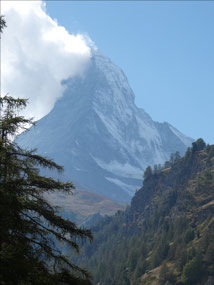
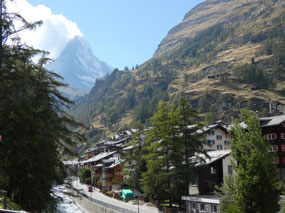
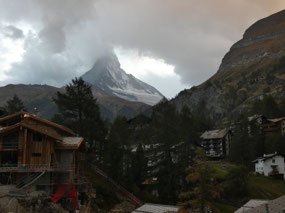
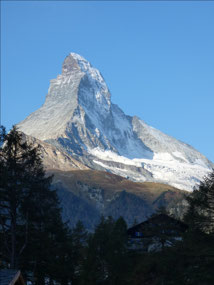
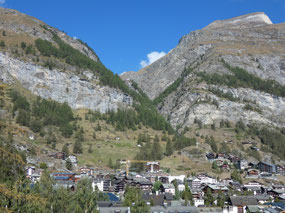
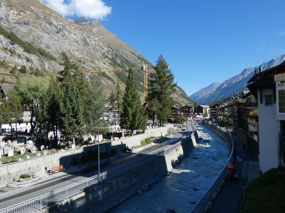
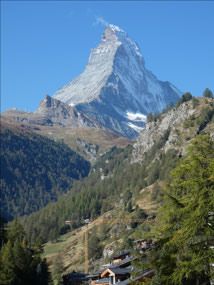
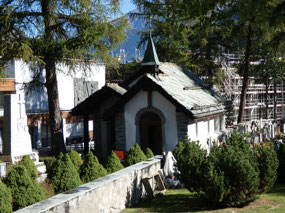
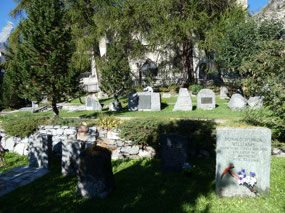
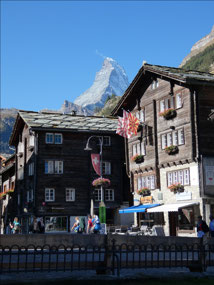
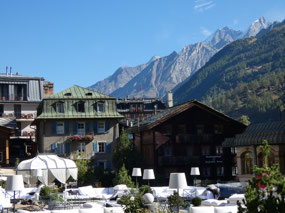
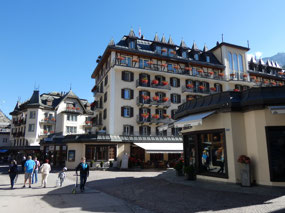
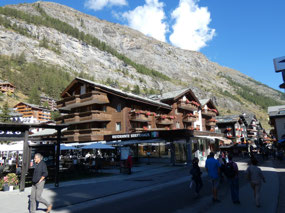
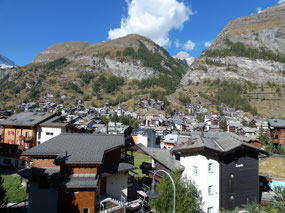
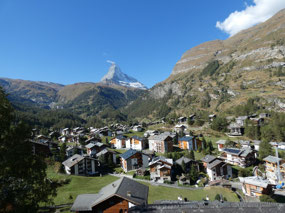
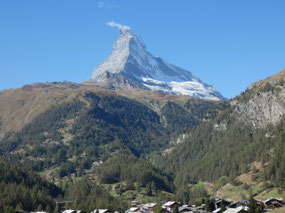
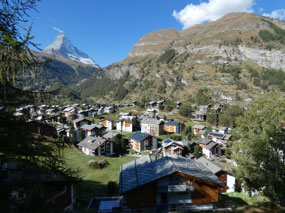
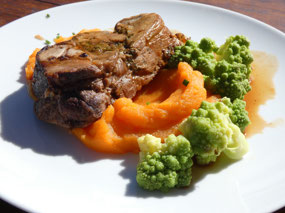
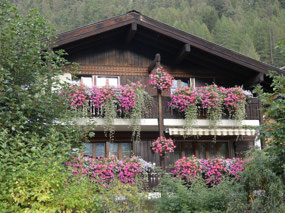
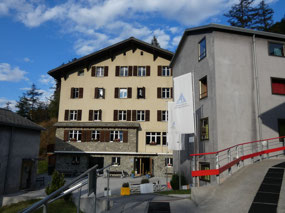

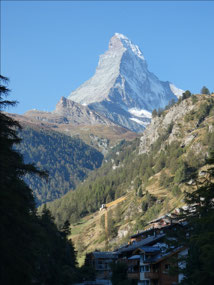
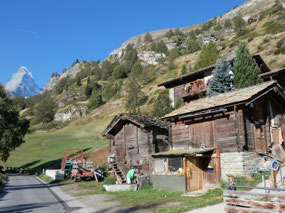
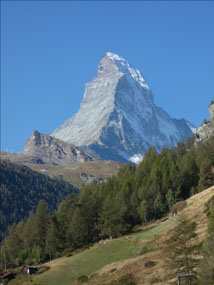
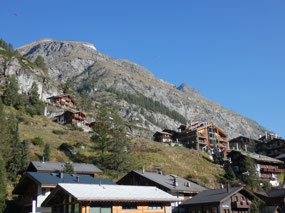
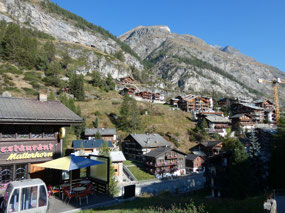
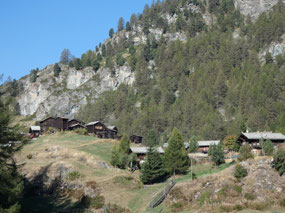
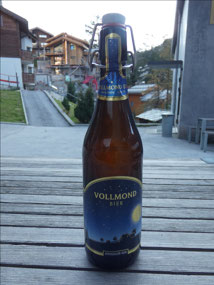

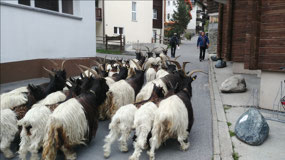
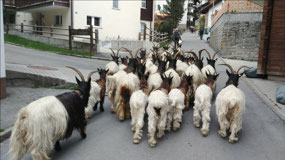
2025-05-23